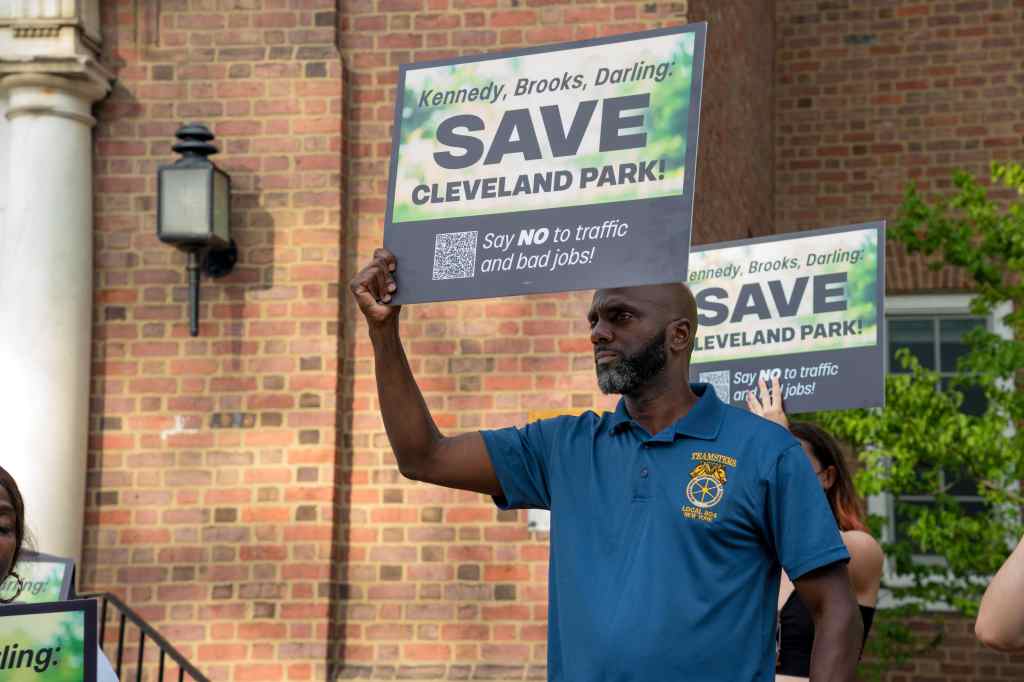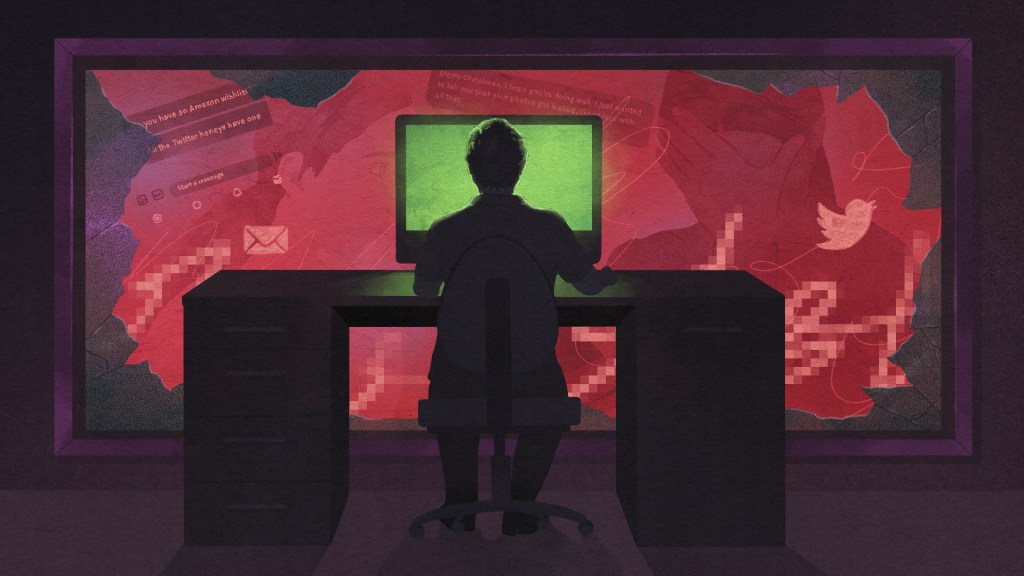A year ago this morning, two simultaneous events laid bare the disconnection between Britain’s political class and its citizens. At Grenfell Tower, 72 people had died avoidable deaths, while hundreds of residents stood in the street having lost their homes and loved ones. As the tower continued to burn and relief efforts failed to materialise, a group of government-backed lobbyists met to discuss whether or not to further weaken fire-safety regulations in the construction industry. This political culture is increasingly being described as “Institutional Indifference”.
Situated in the Royal Borough of Kensington and Chelsea (RBKC), Grenfell was home to a multi-ethnic and vibrant community, ranging from artists and architects to health-workers and refugees. Yet centred in one of the country’s wealthiest boroughs, their status as social housing residents in a predominantly white, upper-class neighbourhood frequently led to a patronising attitude from the Tenant Management Organisation (TMO).
Videos by VICE
Jacob*, a long-term resident, is softly spoken, but sounds exasperated: “They keep calling us poor and I’m really shocked about that. We’re just normal people, but the differential between us and the super-wealthy here is just massive. We’re not living in boxes on the floor, back in Dickens and Victorian times and all that, but it’s how we’re portrayed.”
For Rabah*, another Grenfell resident, Institutional Indifference “absolutely” describes the TMO’s approach: “I didn’t really think I had any rights when it came to the council or my housing situation,” he says. |It was a typical case of bullying and intimidation: you could either comply or they’ll evict you. It was that attitude they had and were very adamant on. And when you’ve got a family and you’ve got kids, you can’t afford to be evicted. You will comply. You will do as you’re told.”
Daniel*, another long-term resident who narrowly survived the fire, is also adamant: “If we had been treated with respect and humanity in Grenfell then it wouldn’t have happened – plain and simple.” With the Public Inquiry underway, much more is becoming known about the technical and organisational failings in the fire and its aftermath. But for residents like Daniel, the horrific events of last June are foregrounded in a much longer timeline of marginalisation, incompetence and contempt: “On multiple occasions – through residents’ groups, the Grenfell Tower Leaseholders Association, the Grenfell Action Group – they were warned explicitly about health and safety concerns and they totally, totally ignored us. After 72 people die, what greater evidence do you need of a culture of institutional indifference?”
Writing in The Guardian, Doreen Lawrence recently reflected on institutional indifference as a “striking parallel” between the Grenfell tragedy and her own struggle for justice after her son, Stephen, was murdered by racists in the face of police apathy and collusion. For Lawrence, race and class are an indelible component of the Grenfell disaster, leading authorities to dismiss fears of residents who “had no right to safety [or] to be heard”.
The story of the cladding system used at Grenfell – widely held responsible for the “unprecedented” fire – offers a tangible example. As part of wider efforts to maximise corporate profits, in 1985 Margaret Thatcher replaced 306 pages of building regulations with just 24 – significantly weakening fire-safety measures. In 1997, the Conservatives’ widened privatisation of building inspections, incentivising a “race-to-the-bottom” as firms competed for work by ensuring buildings would pass safety tests – regardless of their safety. The organisations responsible for testing the flammability of cladding and insulation were also privatised, creating a complex network of overlapping interests in an industry largely regulating itself.
In 2006, fire regulations were further weakened. Following extensive lobbying, the plastic-insulation industry helped to write new guidance on “desktop studies”, allowing physically untested combinations of insulation and cladding to be used on tall buildings like Grenfell.
In 2012, David Cameron declared his intent to “kill off health and safety culture for good”, stipulating that for each new regulation, two must be removed. In 2016, the Conservatives promised to save business a further £10 billion by upping the deregulation rule to “one-in, three-out”.
The warning signs were obvious. In the early 1990s, a fire expert warned the Home Office that more than half of housing blocks didn’t meet basic safety standards. In 1999, a government inquiry into a lethal cladding fire in Scotland warned that “It should [not] take a serious fire in which many people are killed before all reasonable steps are taken towards minimising the risks.” Seriously dangerous cladding fires on high-rise blocks in Australia and France led a fire expert to warn that each square metre of Polyethylene panel – like those on Grenfell – was equivalent to five litres of petrol. In 2009, a cladding fire in London killed six people, leading the coroner to demand urgent reviews of fire safety. This call was made and ignored again by 92 percent of Fire Sector Federation members in 2015 – a year that began with a 63-storey building in Dubai suffering a devastating cladding fire.
Instead, ministers sat on urgent fire-safety reports for years, vetoed legislation requiring homes to be fit for human inhabitation and “let the market decide” whether life-saving sprinklers should be installed in tower blocks. And the market decided where sprinklers would be installed: not in the homes of ordinary people. A society based on profit will never provide housing for those on low-incomes, precisely because it isn’t profitable. Why would the provision of fire safety be any different?
To refer – as some have – to the Grenfell residents’ prediction of a catastrophic fire as “prophetic” is to further patronise them. It was not mythology or divine intervention which led to their 18 public warnings, but their perceptive understanding of the circumstances in which they lived. Residents challenged decisions they were told to accept with good reasons: in 2013, dangerous power surges at Grenfell were ignored by the TMO, yet it was found a main power cable was seriously damaged. Regeneration on neighbouring estates threatened whole communities with dispossession, while council leaders – enjoying a “revolving door” with property developers – sought new social housing in Peterborough. Facing a £30 million budget shortfall just to ensure RBKC’s housing was not “decent” but simply watertight, the regeneration at Grenfell was completed with a focus on “value for money” by the lowest bidder.
Following widespread complaints of bullying contractors and “intolerable” living conditions, a 2015 meeting of 100 residents raised “grave concerns over the standard of works”. A 2016 petition by residents led to the TMO investigating – and then congratulating – itself on the quality of work. The Chief Executive of the TMO, Robert Black, chastised a counsellor who spoke out. Senior managers were reprimanded by a complaints panel for deliberately concealing information, while FoI requests for construction details were repeatedly blocked. The fire-proof zinc cladding preferred by residents was quietly changed to save £300,000, replaced with panels the manufacturer knew were “E” rated – flammable – prior to its installation. One contractor told the BBC that “you wouldn’t put E on a dog kennel” – and yet it was put on Grenfell tower. Had the residents been allowed to make informed decisions about their homes, it’s likely the fire’s magnitude could have been prevented. Instead, expert witnesses are now testifying to a catalogue of serious failures and a “culture of non-compliance” in the refurbishment, maintenance and management of Grenfell.
For Rabah, “It was evident after the fire there wasn’t much of a relationship or knowledge of who actually lived in the tower or what they needed. I’d been living there for ten years, paying my council tax and rent. But when it came to the register, they had the previous tenants from ten years ago – it shows the incompetence and lack of care they had towards us.”

If the institutional indifference running from central into local government created a “patronising disposition”, it was certainly not “unwritten, even unspoken” in the aftermath of the fire: leaked emails from RBKC leadership racially disparage the local community as “gangs”, with “language problems, a lack of education and understanding of how anything works”.
Spearheaded by its youth – aiding fireman and escorting unaccompanied children to hospital – it was the community who stood up: “Everyone chipped in, knowing that we were desperate on the street, walking around in our nightgowns with no shoes and people were picking us up, hugging us,” says Jacob. A year on, more than half of the households from the tower and surrounding walkways are still in temporary or emergency accommodation.
Jacob is incredulous: “You just think there would be a sense of urgency in these cases. They said we’d be rehoused in three weeks, then six months, then one year, and there’s still people in hotels. It’s unacceptable.”
Despite the astonishing adversity and hardship the Grenfell community has faced, their dignity and determination is remarkable: “We’re hoping Moore-Bick’s report will expose the indifference we were treated with in social housing,” says Daniel. “Out of MacPherson came institutional racism, out of Moore-Bick will come institutionalised indifference, so that no community, anywhere, living in social housing will ever be ignored when they are raising legitimate concerns.”
“We need to stand by each other. The working class are the majority, not the super-rich, and it’s like the balance has been tipped. We’ve been marginalised in society completely,” says Rabah. “We’re not campaigning only for ourselves now, we want change to come for the whole country.”
The Grenfell fire was an act of slow, structural violence enacted on a community. As the inquiry progresses, we can only hope those responsible are exposed and brought to justice. Meanwhile, a survey this week found 70 percent of tower blocks are unsafe. The Grenfell community are not only remembering a disaster, but struggling for the rights of everybody.
A silent march will begin at 5.30PM tonight from the Maxilla Social Club in Latimer Road. A Justice for Grenfell demonstration will begin on Saturday at noon from Downing Street.
*Names of residents have been changed to protect their privacy




